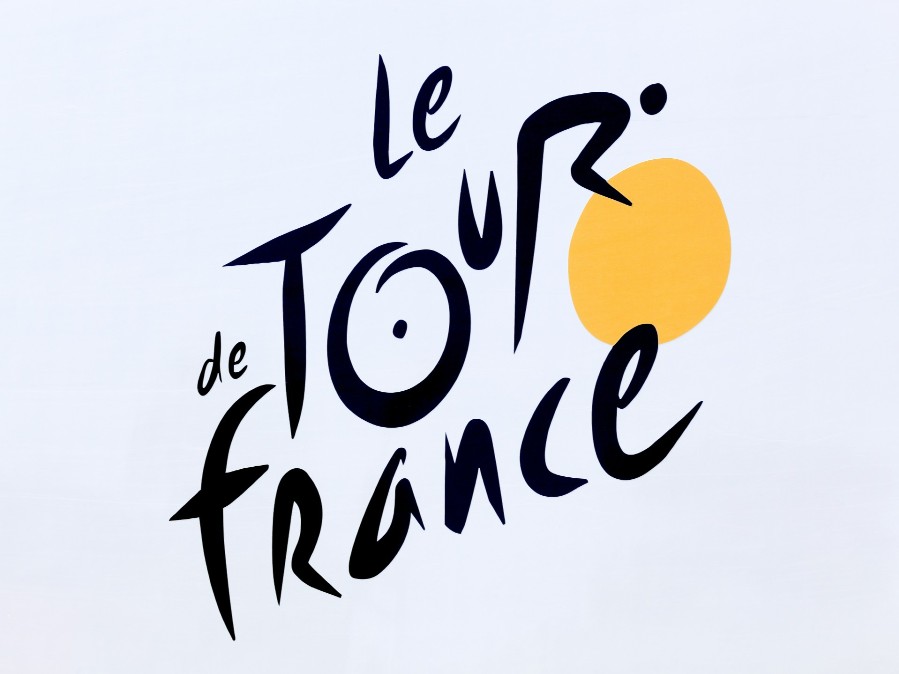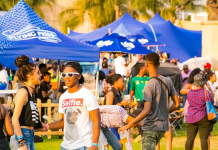Riding a bike is something we’re all taught from a young age.
Teaching your kids to ride their bike is a proud moment for any parent.
However, very few remain on the saddle long enough to be in with a chance to stand at the Champs-Élysées wearing the yellow jersey, as the winner of the Tour de France.
What is it about the Tour de France which makes something we’re all capable of, in riding a bike, one of the most elite and world-renowned sports on Earth?
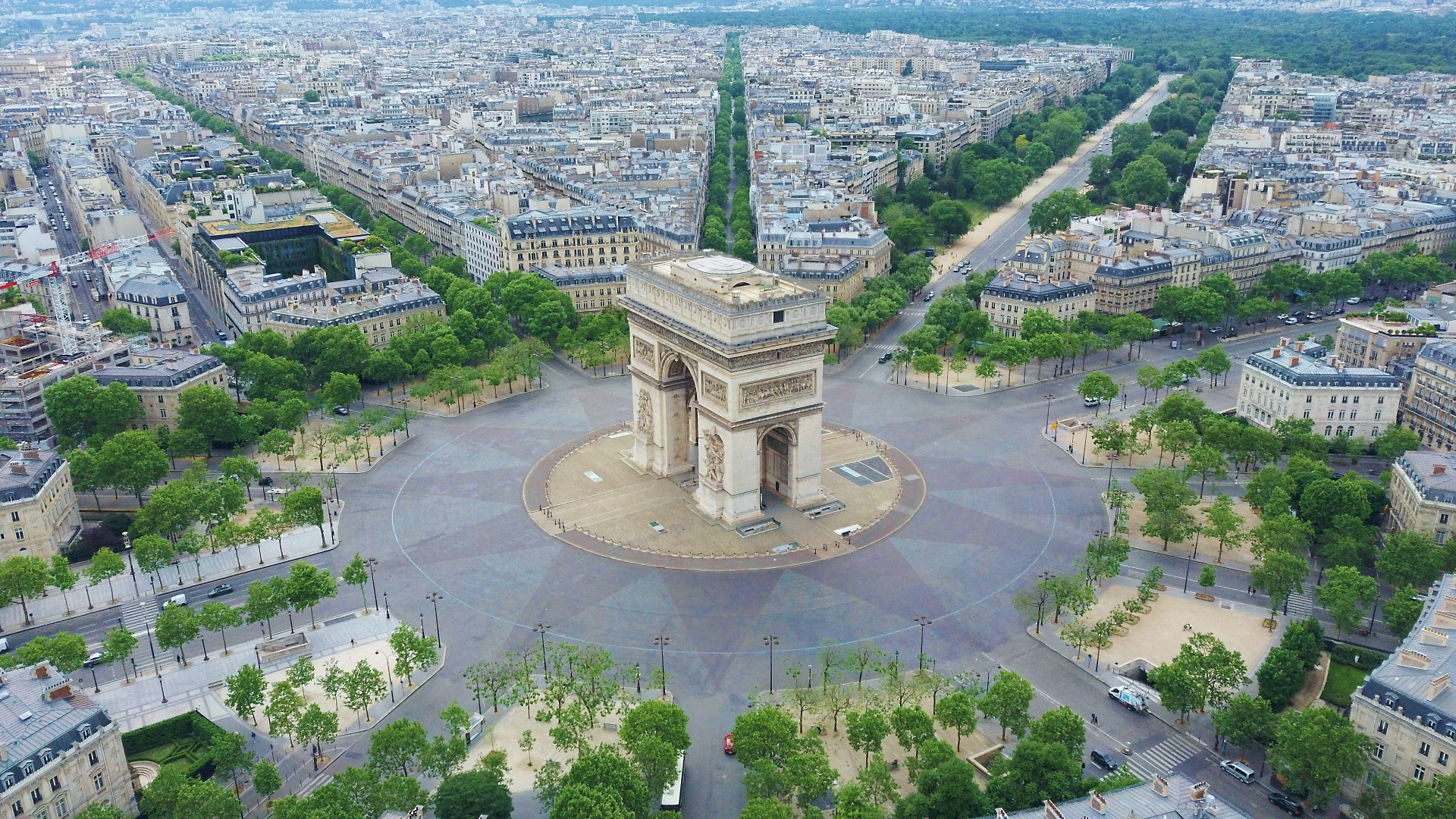
On your bike!
Every summer, the bike race takes place over three weeks, mainly through the stunningly picturesque scenery of the French countryside.
Each day of the race is called a stage and there are 21 stages with each Tour de France.
Riders cycle in teams of eight. Each of the 22 teams will have their own set of goals which gives this race so many conflicting interests.
For some teams, the objective is to capture the yellow jersey or the ‘maillot jaune’ and ride it down the home stretch in Paris during the historic final stage.
The yellow jersey is worn by the leader in the “general classification”, or GC, which grades the riders in order of who has completed the race in the quickest time.
Many teams compete for the green jersey which is typically worn by the leader of the points classification. Points are won at stage finishes or at intermediate sprints, so is typically worn by sprinters.
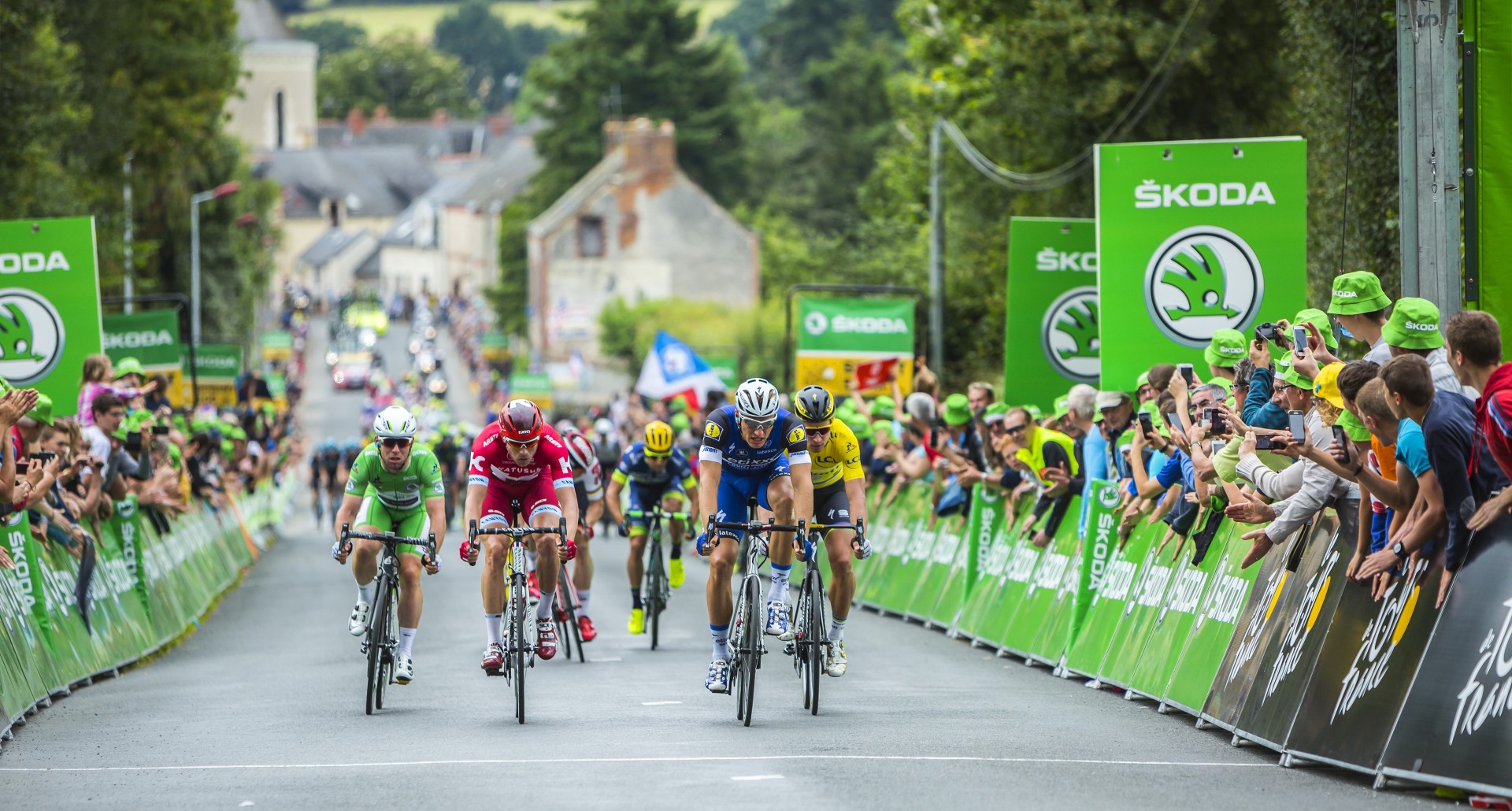
Mountainous stages bring the polka dot jersey into play, the rider who claims the most points in the “king of the mountains” competition, climbing gradients so extreme, even the team cars struggle to ascend.
Equally, winning individual stages gives riders, their team and their sponsors a platform to stand on a podium at one of the most viewed sporting events in the world.
Did you know?
The Tour de France is broadcast on over 200 TV channels whose audiences reach four billion people in total. This makes it one of the most viewed sporting events in the World.
These conflicting interests between riders and teams mean tensions never simmer, crashes are imminent and riders are constantly pushing through their threshold.
Goals can and will likely change for teams as the race unfolds. Abandonments, illness and unexpected developments in the general classification make this one of the most dynamic and unpredictable competitions in sport.
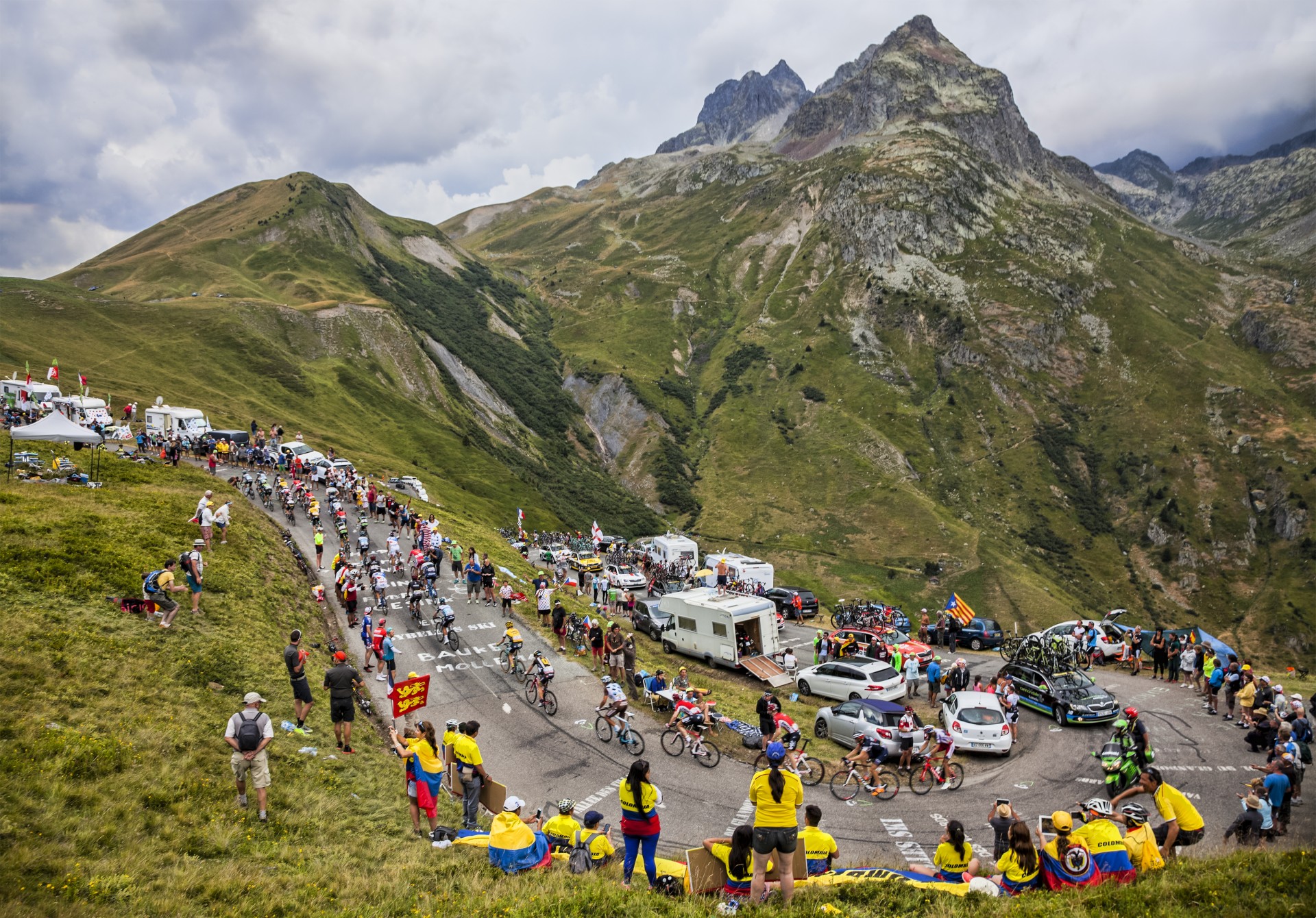
Wheels in motion
This iconic race first took place in 1903.
However, this year’s race is only the 109th edition of the Grand Boucle (or “Great Loop”) since the Tour took extended breaks through both World Wars.
With an enforced delay in 2020, the Tour even managed to power through the pandemic, resulting in the first ever tour not to take place in July.
Possibly the most iconic jersey worn in the world of sport is the yellow jersey.
It was designed in 1919 to make the leader stand out and was first won by Eugene Christophe.
Did you know?
The yellow jersey was actually made yellow to honour the sports newspaper, L’Auto-Velo, that founded and sponsored the race, which was printed on yellow paper.
Bradley Wiggins became the first Brit to win the race in 2012.
He’s since been joined by Geraint Thomas in 2018 and surpassed by Chris Froome, who has won the maillot jaune four times.

The Tour has been shrouded in doping scandals for decades, most famously by Lance Armstrong whose seven titles from 1999-2005 were stripped of him in 2012 for using performance-enhancing drugs.
Did you know?
In 1904, the second edition of the Tour de France was almost the last. Many riders cheated either by catching trains or sabotaging each other’s bikes! This led to stronger rules and regulations being made for the following year.
The Tour de France 2022
An outbreak of Covid, at the Tour’s warm-up events, has thrown doubt upon some riders’ participation in this year’s competition, including British contender Adam Yates.
Getting a positive test in cycling is never good news, it seems!
This year’s edition starts in Denmark for the first time in its history.
The Grand Départ in Copenhagen will see the favourites start the 2022 edition in an individual time-trial.
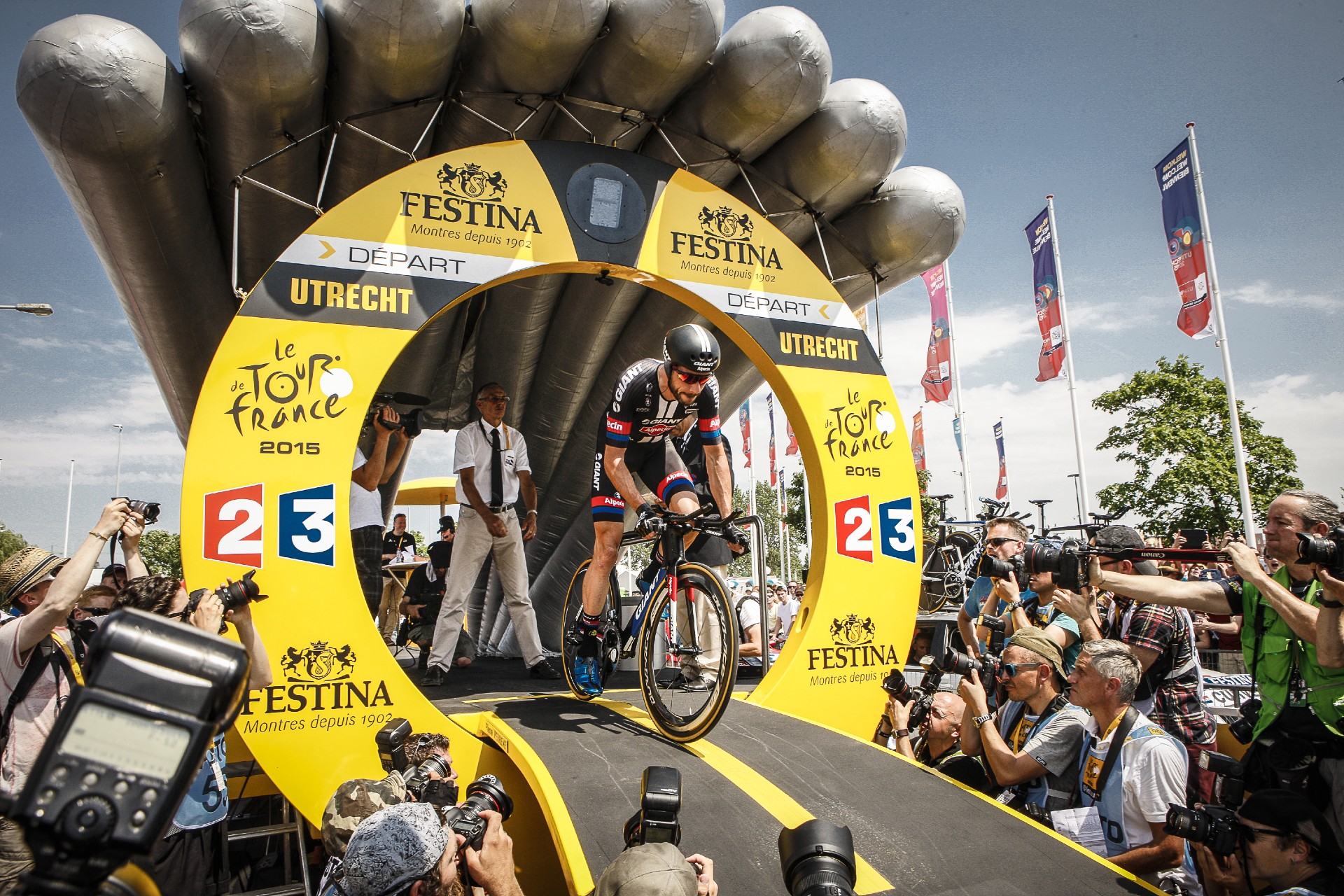
Winner of the 2020 and 2021 editions, Tadej Pogačar, is the favourite to claim a treble this year. Fellow Slovenian Primoz Roglic is expected to be the closest competitor to his compatriot.
Did you know?
France hasn’t crowned a French winner since 1985 when Bernard Hinault won his record-equalling fifth Tour de France. Ones to watch this year will be the ever-exciting and audacious riders, Thibaut Pinot and David Gaudu, who recently held off the great Wout Van Aert for a stage win at the Critérium du Dauphiné.
With flying colours
Branding and colours are more synonymous with the Tour de France than any other competition in the world.
Each rider is given a unique number at the start of the race but if you can’t identify them by that, you definitely will by their branding!
Key colours to look out for:
· Yellow – Worn by the race leader
· Green – Worn by the best sprinter
· Polka Dot – Worn by the best climber
· White – Worn by the leading young rider, under 26 years old at turn of the calendar year.
· Red numbers – Worn by the most aggressive rider from the previous stage
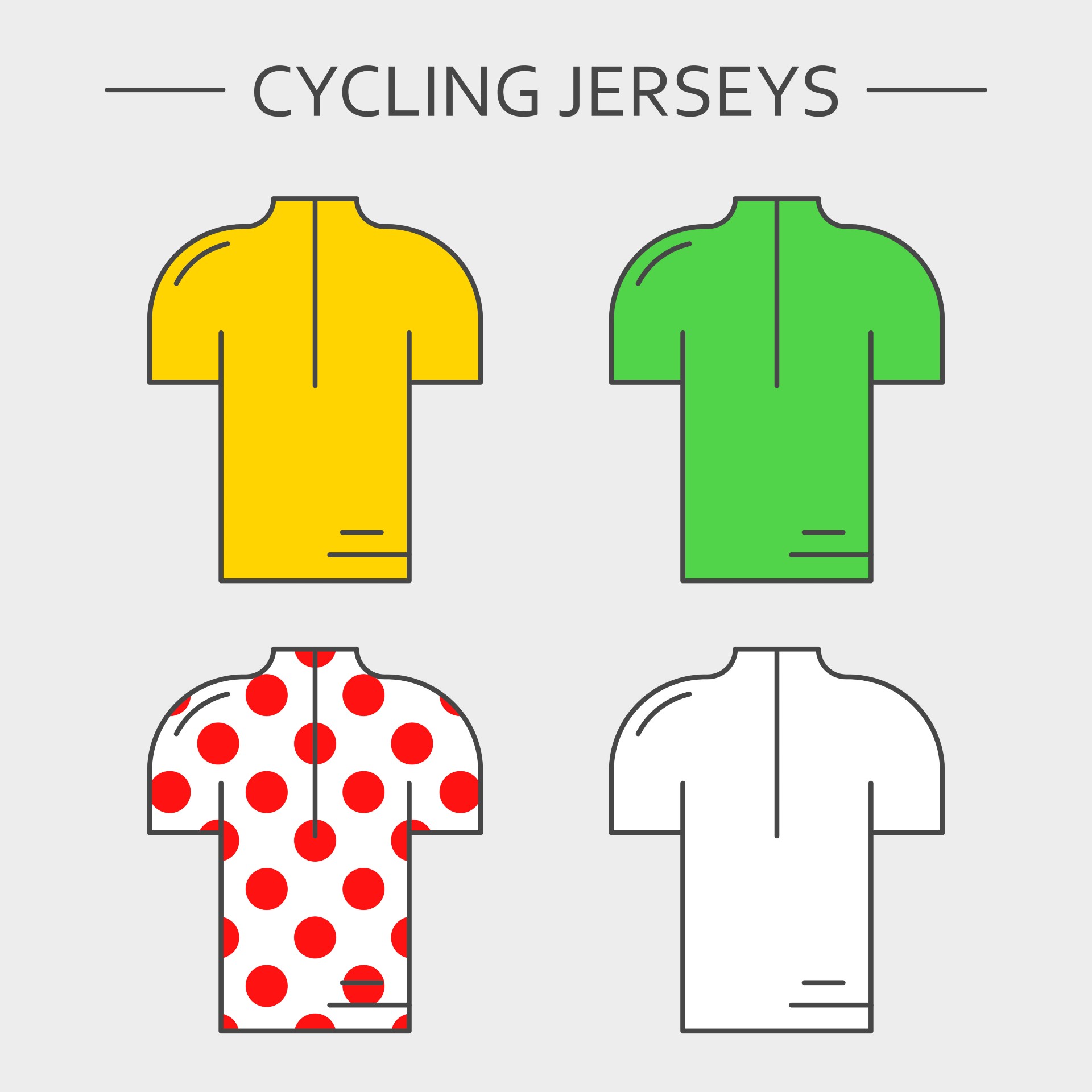
Yellow podiums, flowers and toys are handed at the end of every stage to the race leader in yellow.
Intermediate sprints are signposted with green Banners and red Flags (flammes rouges), letting racers and viewers know how close to the line they are to the line.
In the mountains, red polka-dotted Flags line the ascent to signal how much more pain the riders must endure.
Did you know?
The first polka dot jersey was awarded in 1975. The red polka dot design came from its original sponsor, Chocolat Poulain, a chocolate bar company whose wrapper featured polka dots.
Jersey wearers can usually be seen donning a matching pair of branded Sunglasses.
Even the racing director’s car is red, the colour of danger.
Each team has their own branded lycra cycling kit, helmets, cycling gloves, their unique road bikes and even branded Water Bottles.
In recent times, the last kilometre of the race is blockaded off with Barriers to keep the road closed from spectators.
The eruption of noise as spectators bang on the yellow Barriers, encouraging riders to empty their tanks, always leads to a loud, vibrant and dramatic finish.
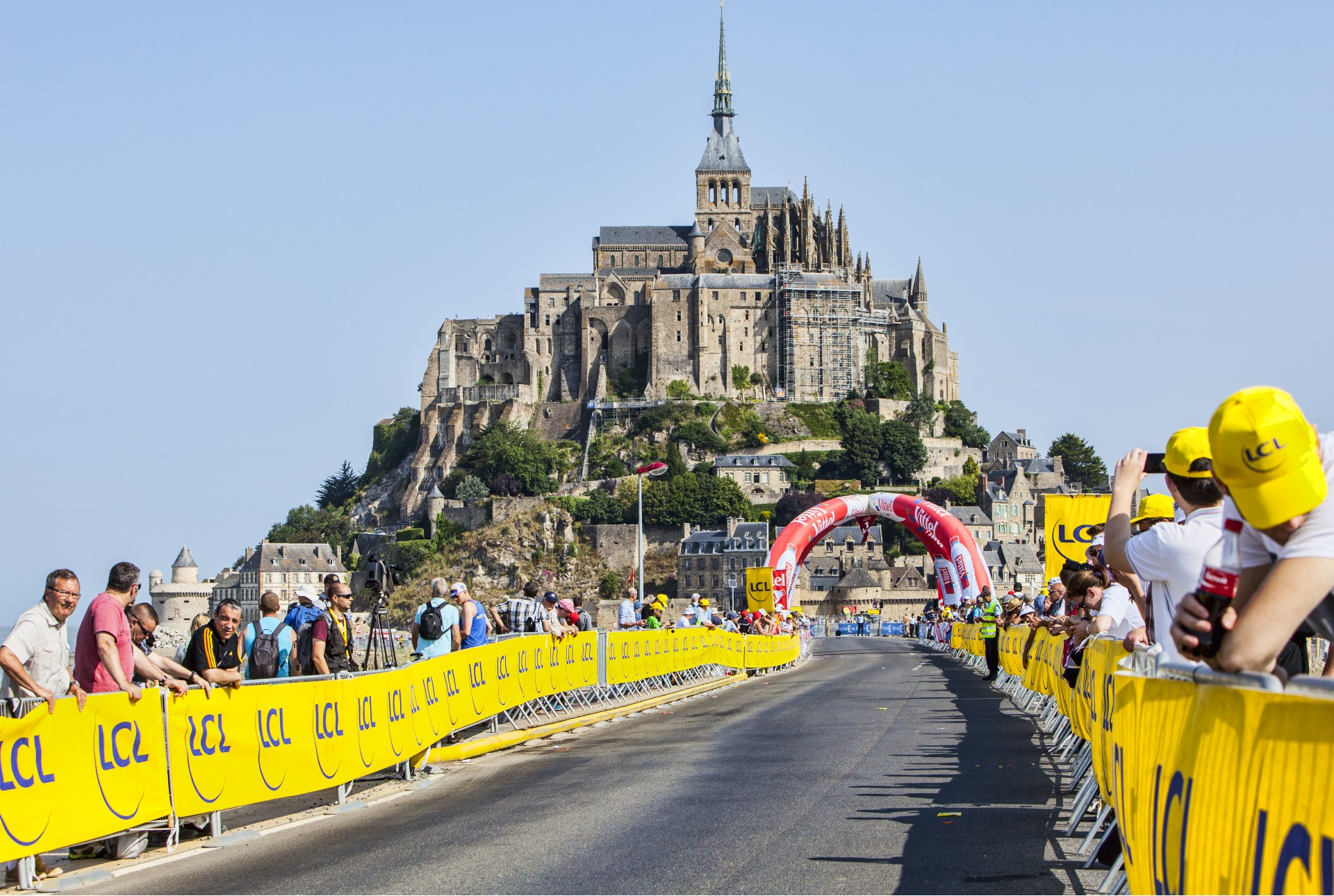
Cycling’s use of colour is powerful and memorable.
No other sport in the World uses colour as intensely or as potently as cycling does.
Moreover, no other sport in the world has a jersey as iconic and recognisable as the yellow jersey.
Breaking the cycle
Being easily identifiable is the nightmare of many celebrities and athletes.
A sport where the riders are easy to spot, combined with having spectators in close proximity like no other sport, has unfortunately led to some rare but ugly scenes.
Seven-time Grand Tour winner, Chris Froome, has been on the receiving end of spectator abuse on multiple occasions.
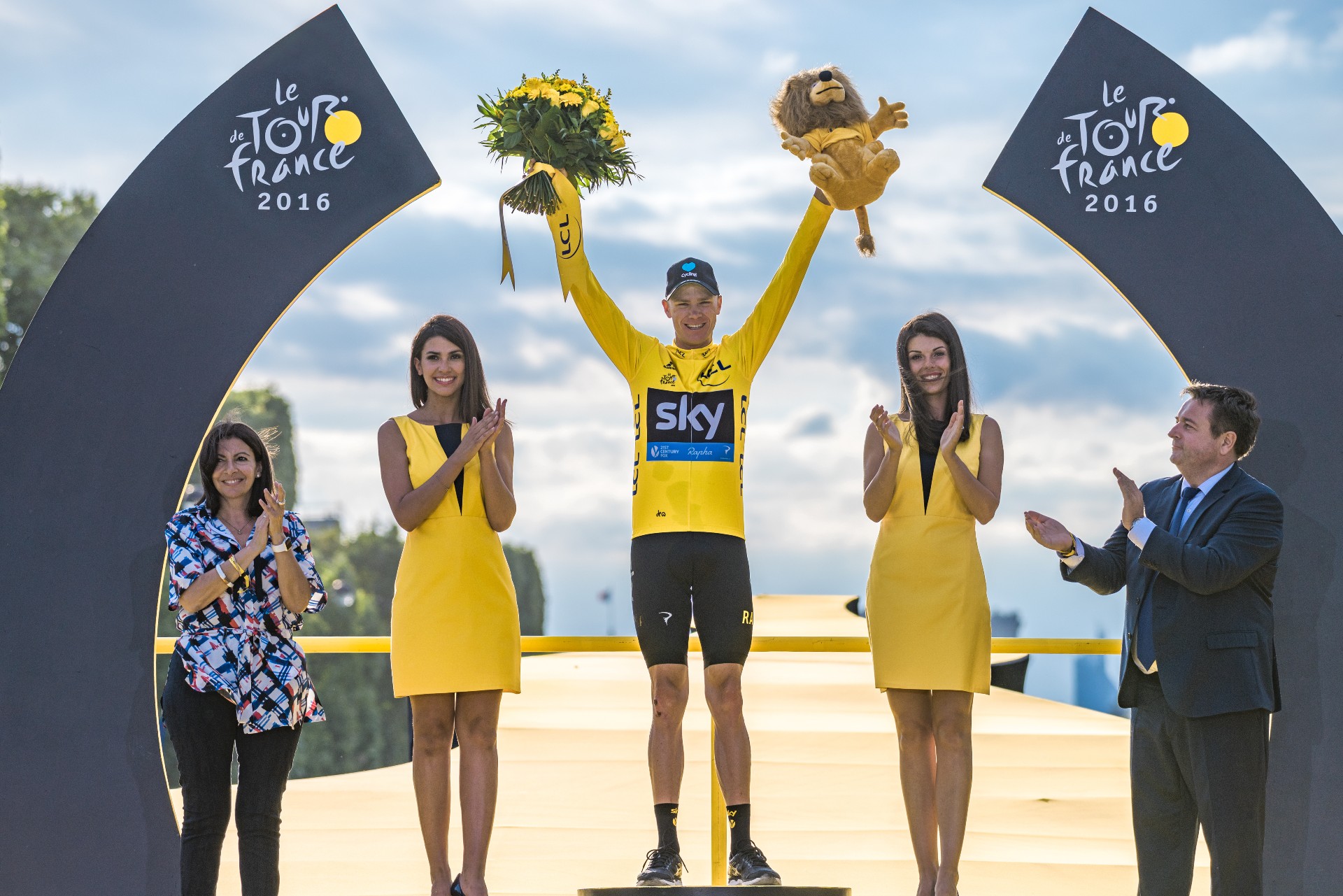
From being urinated on, to being fined for lashing out at a fan running alongside him, Froome has had it all.
In last year’s, Tour de France 2021, a fan desperate to be seen on TV caused one of the biggest crashes of recent races as the whole peloton tumbled down.
Her Banner read ‘Allez Opi-Omi’, translated as Go Granny and Grandpa.
Undoubtedly, she caught the attention of her Granny and Grandpa… and the rest of the World.
This incident caused two riders to pull out of the race through injuries and badly injured another eight, including Froome.
It resulted in her receiving a €1200 fine.
Spectators make and break the sport.
As always, it’s such a small minority.
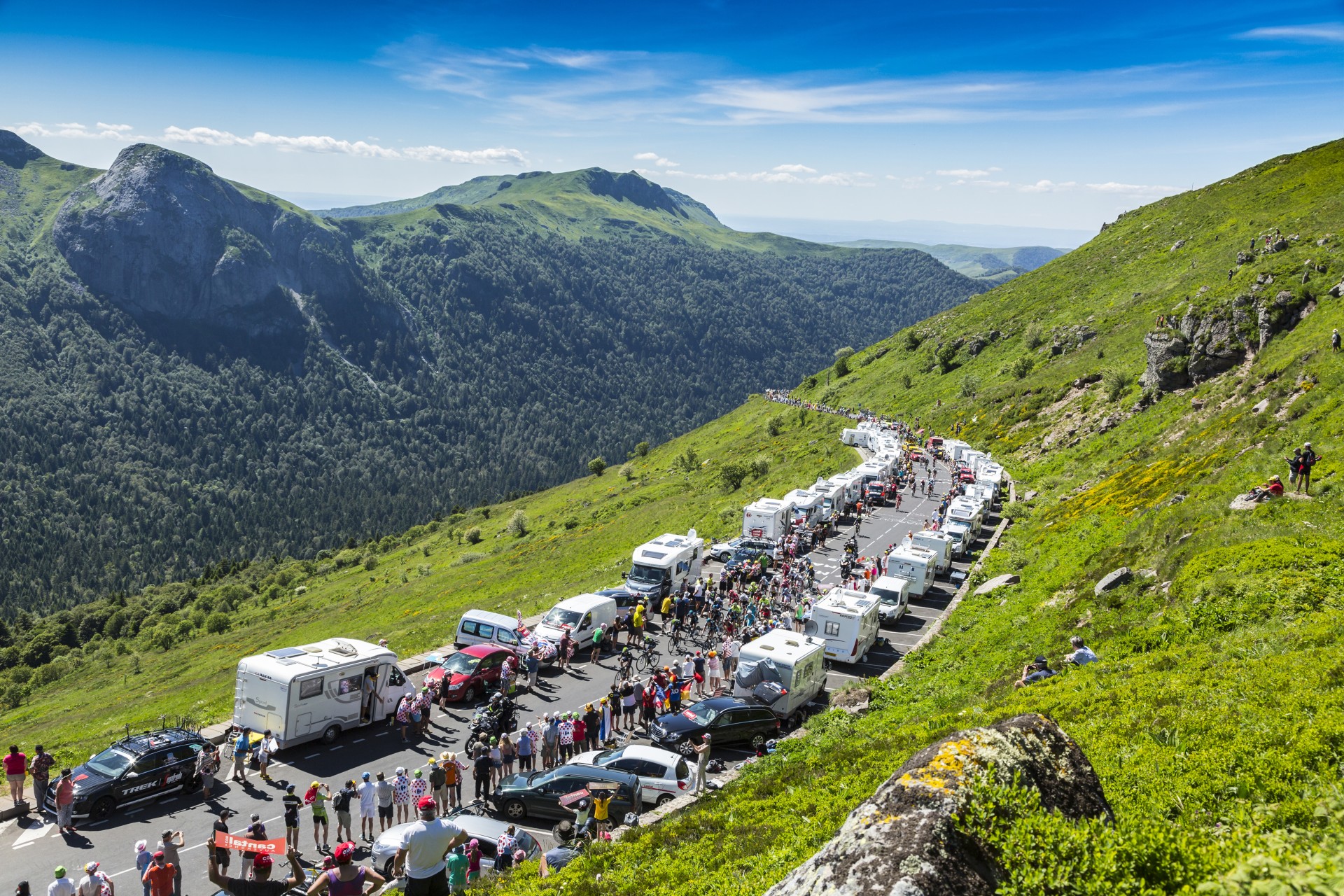
It’s been an ongoing discussion in cycling for a very long time. Ultimately, race directors know that without the fans the sport loses its appeal.
Setting a precedent by arresting and fining the woman who caused last year’s crash, is as strong a deterrent as cycling’s governing body, the UCI, can hope for in order to discourage fans from repeating the incident.
Did you know?
‘El Diablo’ is the most famous cycling fan. German, Didi Senft, dresses as the devil and has been seen at the Tour de France since 1993. Instantly recognisable on camera, he has become one of the many traditions of the Tour.
Lessons learned?
As well as the use of vibrant colours, the spectator interaction is what makes the Tour de France so unique.
People line the streets of their village or even travel from different countries to see the riders for a matter of seconds.
Did you know?
The fastest speed recorded at the Tour de France was 63.1 mph (101.5 kph)!
UAE Team Emirates performance director Iñigo San-Millán wrote in a series of since-deleted tweets that the Tour’s “largest enemy” was COVID.
“Selfies, pens from autographs, elevator buttons, door knobs, hand shaking… Without a strict bubble at Le Tour, it will be impossible to control covid and with many teams forced to leave the entire Tour may have to be cancelled. Le Tour please bring strict bubble back,” he wrote.
Le Tour survived the last two years due to a strict bubble between riders, teams and the media.
UAE’s director’s concerns were heightened as half of the Tour de Suisse 152 rider line-up abandoned the race.
This included the leader Aleksandr Vlasov, who has now recovered and will be one to watch out for in France.
Britain’s Ineos Grenadiers, formerly known as Team Sky, were heavily hit. Thankfully, Adam Yates and Tom Pidcock have recovered to start in Copenhagen.
The Tour de France 2022 edition kicks off on Friday and promises to be as eventful as ever.
21 stages; two rest days; 3,328 kilometres (2068 miles) to cycle; an obscene number of mountains; and 21 hairpin bends to ascend on Alpe d’Huez alone!
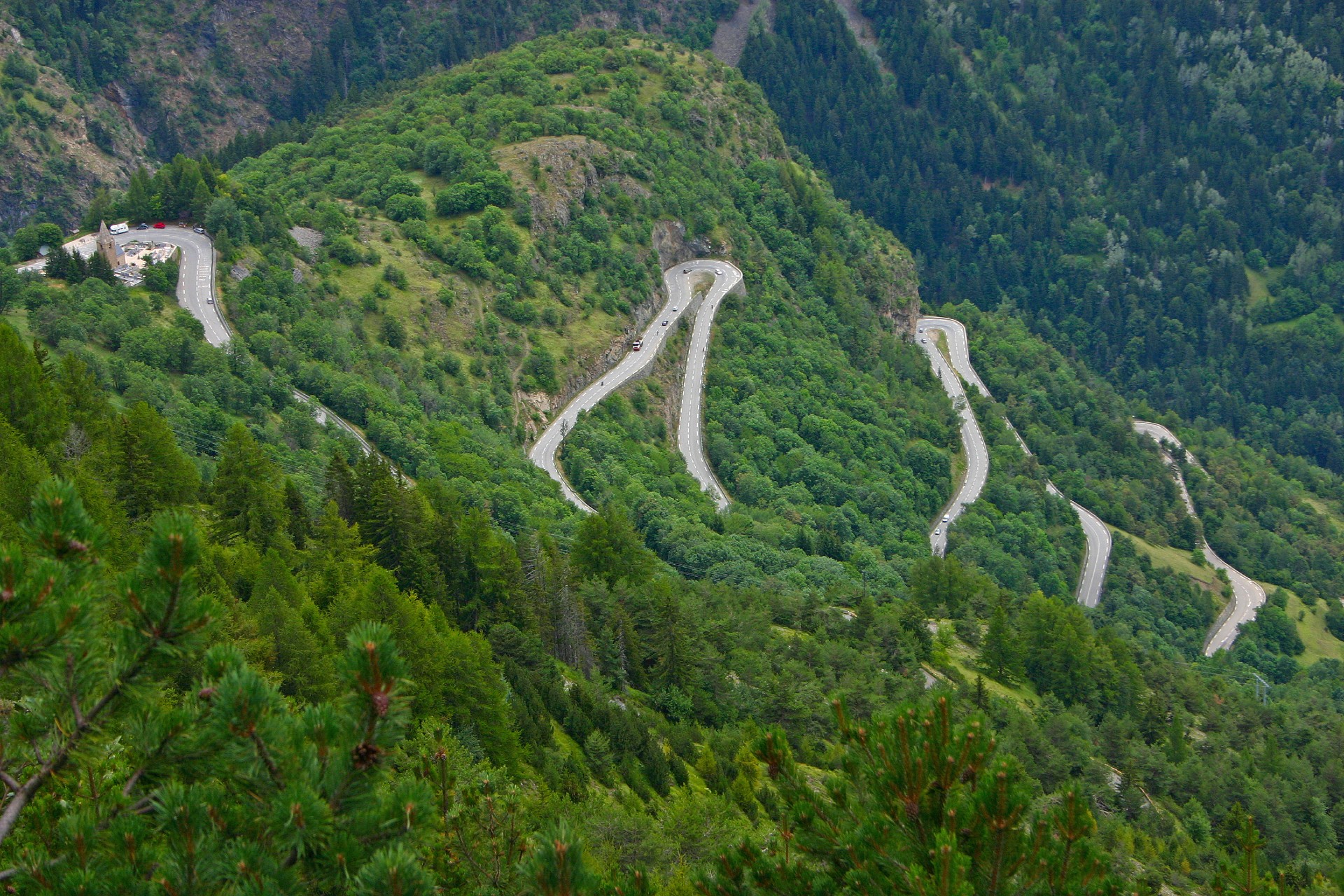
Arriving in Paris on July 24th will be a worthy winner, we just hope all the riders make it there in one piece with no unnecessary incidents along the way.

